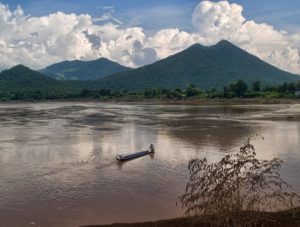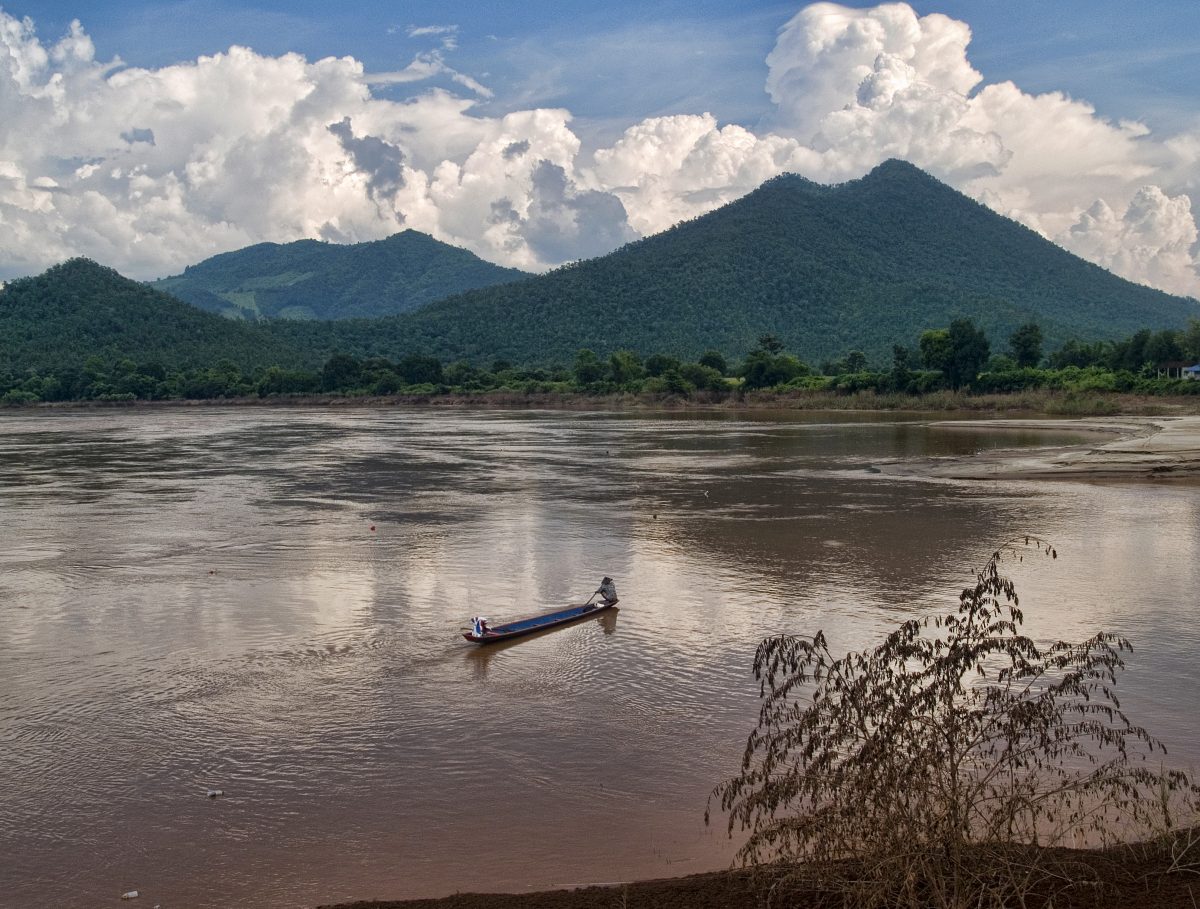
Lack of data stalls Lao’s newest run-of-river Sanakham Dam on the Mekong river
Thailand concerned over impact of Lao hydropower project
READ ALSO: Nail In Coffin For Sanakham Dam On The Mekong River In Laos?
Thailand has yet to start a stage of Procedures for Notification, Prior Consultation and Agreements (PNPCA) for Lao’s newest run-of-river Sanakham Dam due to insufficient information from the Chinese project developer, the Office of the National Water Resources (ONWR) has revealed.
ONWR’s secretary-general Surasri Kidtimonton said Thailand has said that the project needs to supply sufficient and updated information so as to best evaluate its impact on nearby communities and on the water system’s ecology before a decision can be made to set up a public hearing process.
“We would like to make it clear to the public that a PNPCA process has yet to begin in Thailand. We will not organise it until we have more updated information on the project,” Mr Surasri said. “All the information we have currently is not enough. It lacks many key elements and cannot answer our concerns, especially regarding environmental impacts.”
He added that the fixed deadline of next January should be also suspended. The 52nd joint committee meeting on Sept 16 stated that the PNPCA should end on Jan 19, 2022. Thailand told the meeting that it needs to study the rapid assessment conducted by the Mekong River Commission (MRC) first.
The MRC conducted a rapid assessment of the project and submitted its report on Oct 5 to Thailand. The report covered area-based studies: hydrology, sediment transport and geomorphology, impact on ecosystem and fisheries, and socio-economic impacts. However, Thailand said no to the report because it also lacked information.
“We have insisted on our position several times that we need to have sufficient information first. This is our clear position. We don’t know what will happen at the deadline. What we are doing is protecting the country’s interests,” Mr Surasri said.
Although MRC requires the PNPCA, there is no need for country members including Thailand, Laos, Cambodia and Vietnam to have a consensus agreement. The project could be carried out by Laos even if an objection is made.
The Sanakham hydropower project is located near the shared border with Laos, which is 1.5 kilometres from Loei’s Chiang Kan district where locals are concerned about possible environmental and livelihood impacts from the project. The issue of unnatural water flow has also raised concern regarding the two countries’ borderline.
According to the rapid assessment, based mostly on information older than 10 years old, water levels could rise 3.5 metres in height. Moreover, it could generate unusual water surges in a single day due to the dam’s sluice gate control.
Tuanthong Jutagate, a Faculty of Agriculture lecturer at Ubon Ratchathani University, said the fisheries information from the MRC is very much out of date, including insufficient data on the project’s impact on some of the 200 fish types found in the Mekong River.
“There is no boundary impact in the fisheries study from the project’s developer, which means that fish population along the middle and low Mekong will be at risk from this project,” Dr Tuanthong said, adding there will be a range of negative impacts to the river’s ecosystems from the project.
Pianporn Deetes, regional campaign director for the Southeast Asia Program, International Rivers, added that the Sanakham Dam is expensive and unnecessary.
“Located less than 2km from the Thai border, it poses a major threat to communities living downstream in Thailand,” Ms Pianporn said. “Our experience has been that PNPCA processes are seriously flawed. They have not meaningfully addressed concerns from communities and civil society. Rather the PNPCA process has mainly been a tick-the-box exercise to justify proceeding with the dams.”
She also added that with huge reserve margins within the country, Thailand doesn’t need electricity from Sanakham and other mainstream dams.
“We should not be spending public money to buy electricity from mainstream dams that are harmful to people and the environment,” she said.
The PNPCA for Sanakham is scheduled to end in January 2022, paving the way for the dam to secure a concession plus power purchase agreements, and start construction.
According to the MRC, there are 11 dam projects along the lower Mekong with two of them operating: Xayaburi and Don Sahong. Meanwhile, Pak Beng, Luang Prabang, Paklay, and Sanakham are under the umbrella of the PNPCA. The rest are planned projects, which are Pak Chom, Ban Koum, Lat Sua, Strung Treng and Sambor.
Source: https://www.bangkokpost.com/thailand/general/2233887/lack-of-data-stalls-mekong-dam

